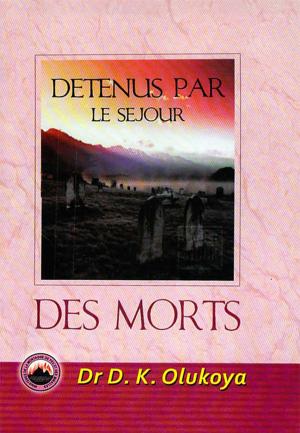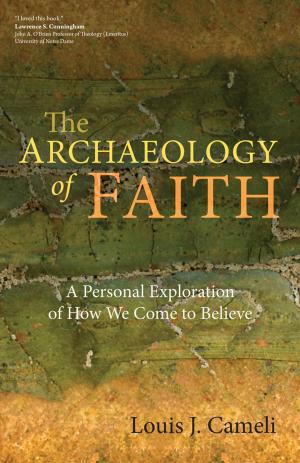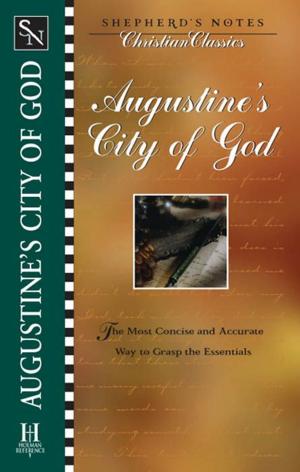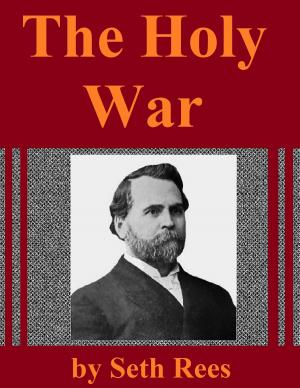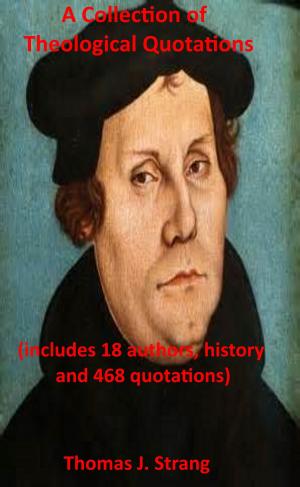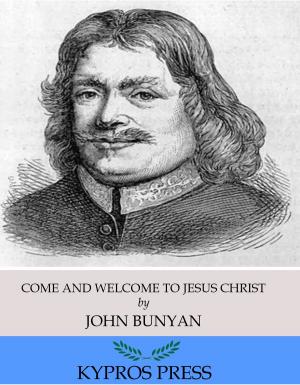| Author: | John Climacus, Luis de Granda O.P. | ISBN: | 9781936392230 |
| Publisher: | Ripublishing | Publication: | October 2, 2013 |
| Imprint: | Language: | English |
| Author: | John Climacus, Luis de Granda O.P. |
| ISBN: | 9781936392230 |
| Publisher: | Ripublishing |
| Publication: | October 2, 2013 |
| Imprint: | |
| Language: | English |
For the first time in English, we present Fra. Luis de Granada’s “Libro de la Escala Espiritual”, (1562) of J. Climacus’ “Ladder of Divine Ascent.”
What this particular work is and is not.
What this work is:
This is a translation of the “Libro de la Escala Espiritual”, with the notations and verbiage translated and commented on by Fra. L. de Granada. O.P.. This work is from his initial effort of 1551. According to the late E. Allison Peers, Fra. Luis de Granada had made two editions, the first, which we have translated here, and later, a corrected translation (1562), which is not included within his extant works.
This particular work has endured more than any other ascetic wring. It remains the most influential early work regarding ascetic practices and deep spiritual growth for those who are and are not under a vowed vocation.
The chain of this thought is preserved in the writings of Symeon the New Theologian, a 10th century “Climacus type figure”, who likewise has a dual thread in his spirituality. The first being: repentance, mercy, faith, prayer and contemplation. Secondly: the operations and effort of the Holy Spirit within and around us. In the early 20th century, L. Moore makes a comment , in his translation of “Ladder of Divine Ascent”, (see his intro. pg 27) regarding this. A few centuries later, Nicholas of Cusa, makes a compelling remark in one of his later works, “On Seeing God.” In it he states: “Theos is not the name of God…. The word means ‘I see and run after’,…. Thus we are compelled to follow a path leading to what it is that we see. Therefore as we widen our scope of vision, to include the intellectual eye, from this…we are able to construct a ladder by which we ascend.” By the early 1500’s Nil Sorsky will continue the link to Climacus and other hesychast practitioners. Lastly, the late V. Loskky has also cited this issue of the Holy Spirit and has provided a complete chapter, (Ch 8).
This work is a welcomed addition to the Desert Fathers Series, the avid and astute learner and the academic community at large.
For the first time in English, we present Fra. Luis de Granada’s “Libro de la Escala Espiritual”, (1562) of J. Climacus’ “Ladder of Divine Ascent.”
What this particular work is and is not.
What this work is:
This is a translation of the “Libro de la Escala Espiritual”, with the notations and verbiage translated and commented on by Fra. L. de Granada. O.P.. This work is from his initial effort of 1551. According to the late E. Allison Peers, Fra. Luis de Granada had made two editions, the first, which we have translated here, and later, a corrected translation (1562), which is not included within his extant works.
This particular work has endured more than any other ascetic wring. It remains the most influential early work regarding ascetic practices and deep spiritual growth for those who are and are not under a vowed vocation.
The chain of this thought is preserved in the writings of Symeon the New Theologian, a 10th century “Climacus type figure”, who likewise has a dual thread in his spirituality. The first being: repentance, mercy, faith, prayer and contemplation. Secondly: the operations and effort of the Holy Spirit within and around us. In the early 20th century, L. Moore makes a comment , in his translation of “Ladder of Divine Ascent”, (see his intro. pg 27) regarding this. A few centuries later, Nicholas of Cusa, makes a compelling remark in one of his later works, “On Seeing God.” In it he states: “Theos is not the name of God…. The word means ‘I see and run after’,…. Thus we are compelled to follow a path leading to what it is that we see. Therefore as we widen our scope of vision, to include the intellectual eye, from this…we are able to construct a ladder by which we ascend.” By the early 1500’s Nil Sorsky will continue the link to Climacus and other hesychast practitioners. Lastly, the late V. Loskky has also cited this issue of the Holy Spirit and has provided a complete chapter, (Ch 8).
This work is a welcomed addition to the Desert Fathers Series, the avid and astute learner and the academic community at large.

